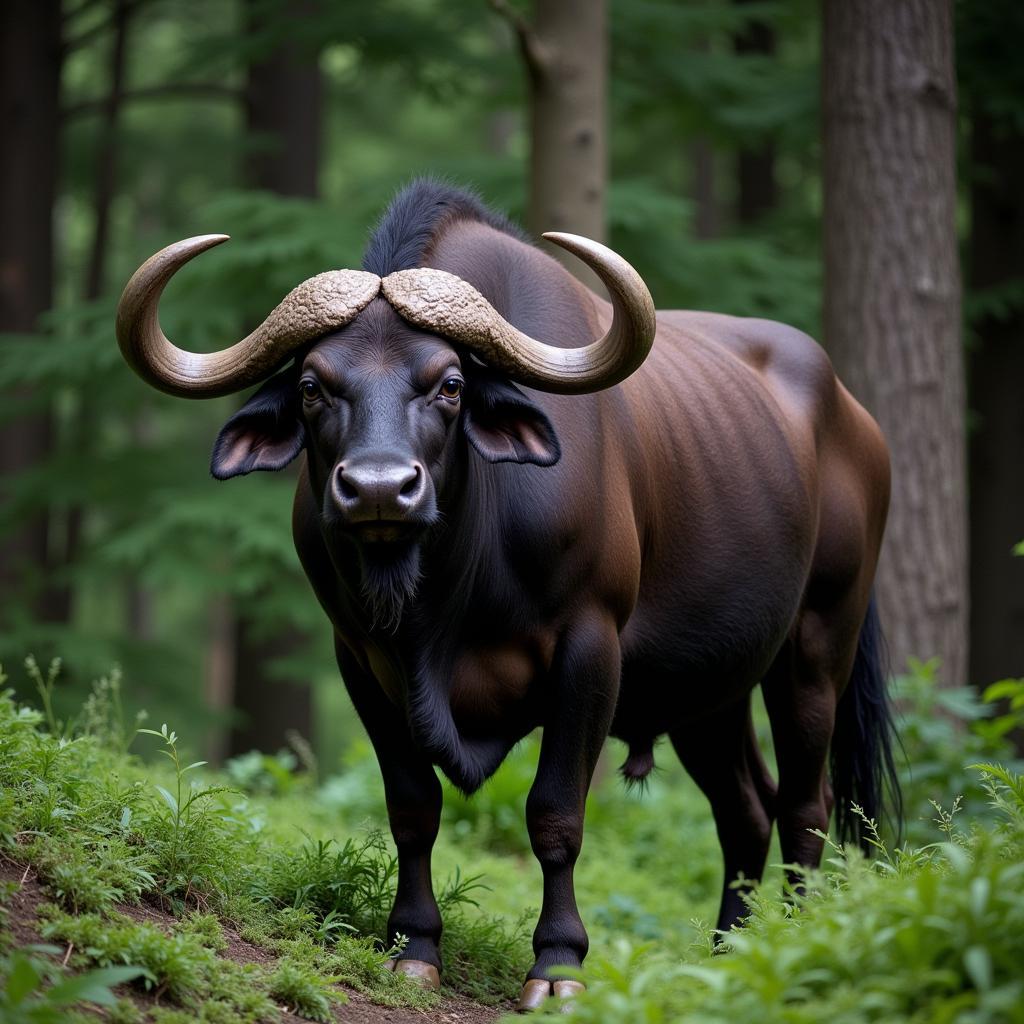Unveiling the African House Spider: Habits, Habitat, and Identification
The African House Spider, scientifically known as Heteropoda venatoria, is a common sight in homes across Africa and other tropical regions. While their large size can be intimidating, understanding their behavior and role in the ecosystem can help alleviate unnecessary fear. This article will delve into the fascinating world of the African house spider, covering its identifying features, habitat preferences, diet, and its often misunderstood relationship with humans. We’ll also address frequently asked questions about this intriguing arachnid. After the introduction, we’ll explore the fascinating world of the African House Spider.
These large spiders, often mistaken for huntsman spiders due to their similar appearance, play a vital role in controlling insect populations within homes. They are agile hunters, relying on speed and venom to subdue their prey. Their presence can actually be beneficial, as they help to keep homes free of unwanted pests such as cockroaches, flies, and mosquitoes. While their size and speed can be startling, they are generally not considered dangerous to humans unless provoked.
Identifying the African House Spider
The African house spider is characterized by its large size, with females often reaching a leg span of up to four inches. Their bodies are typically flattened and brownish-grey in color, often with darker markings. Males are generally smaller and more slender than females, with longer legs. One distinguishing feature is the presence of two small, dark patches located near the front of the cephalothorax (the fused head and chest region). These spiders are also known for their speed and agility, making them efficient hunters.
The African house spider is often confused with the huntsman spider, but there are key differences. Huntsman spiders tend to have a more crab-like appearance, with legs that are positioned outwards. African house spiders, while also fast-moving, have a more elongated body shape and legs that are positioned more forward. Understanding these subtle differences can help you accurately identify these fascinating creatures.
Habitat and Diet of the African House Spider
As their name suggests, African house spiders are commonly found in and around human dwellings. They prefer warm, dark, and sheltered areas such as crevices, behind furniture, and in storage areas. Outdoors, they can be found under rocks, logs, and in tree hollows. Essentially, any place that offers protection and a readily available food source is attractive to these spiders. You might be interested in reading more about the African garden egg.
These spiders are nocturnal hunters, primarily feeding on insects and other small invertebrates. Their diet includes cockroaches, flies, moths, and even other spiders. Their hunting strategy involves ambushing their prey, using their speed and venom to quickly subdue them. They do not build webs to catch prey, instead relying on their agility and keen eyesight to hunt. Do you know about the African Desert Fox crossword answer?
The African House Spider and Humans: Separating Fact from Fiction
Despite their intimidating size, African house spiders are not considered aggressive towards humans and will typically only bite if they feel threatened or cornered. Their venom is not considered medically significant to humans, although it can cause localized pain and swelling. In most cases, the bite is comparable to a bee sting. It’s important to remember that these spiders play a crucial role in controlling household pest populations, and their presence is often a sign of a healthy ecosystem. Check out our guide on African Breeze Plant Care.
Conclusion: Appreciating the African House Spider
The African house spider, while often misunderstood, is a fascinating and beneficial creature. Its role in controlling household pests is invaluable, and its presence shouldn’t cause undue alarm. By understanding its habits, habitat, and its relatively harmless nature, we can learn to co-exist with this remarkable arachnid. Learning more about this creature can help you better understand its importance in the African ecosystem. You might be surprised to learn about African Goliath Frog Pictures or renowned African American Hollywood Actresses.
FAQs about the African House Spider
- Are African house spiders poisonous? While they have venom, it is not considered dangerous to humans.
- What do African house spiders eat? They primarily feed on insects and other small invertebrates.
- How big do African house spiders get? Females can reach a leg span of up to four inches.
- Where do African house spiders live? They prefer warm, dark, and sheltered areas, both indoors and outdoors.
- How can I prevent African house spiders in my home? Regular cleaning and sealing cracks and crevices can help deter them.
- What should I do if I get bitten by an African house spider? Clean the bite area and apply a cold compress. Seek medical attention if symptoms worsen.
- Are African house spiders the same as huntsman spiders? No, they are different species, although they share some similarities in appearance.
Common Scenarios and Questions
- Scenario: You find a large spider in your bathroom. Question: Is it an African house spider, and should I be worried?
- Scenario: You see a spider running across your wall. Question: How fast can African house spiders run?
- Scenario: You have a lot of insects in your home. Question: Will African house spiders help control the insect population?
Further Reading
For more information on related topics, you might be interested in exploring other articles on our website.
Need help? Contact us 24/7:
Phone: +255768904061
Email: [email protected]
Address: Mbarali DC Mawindi, Kangaga, Tanzania.


